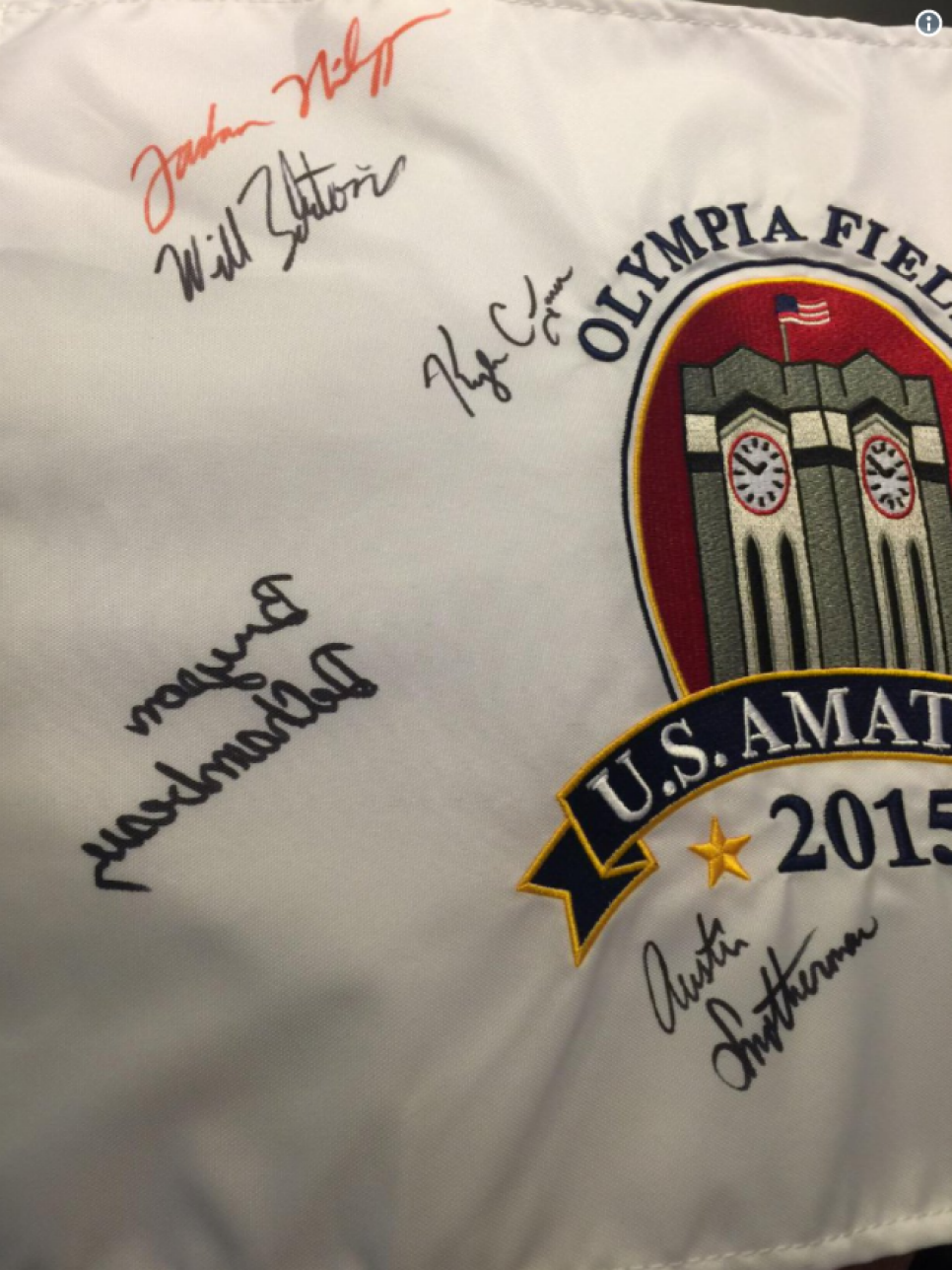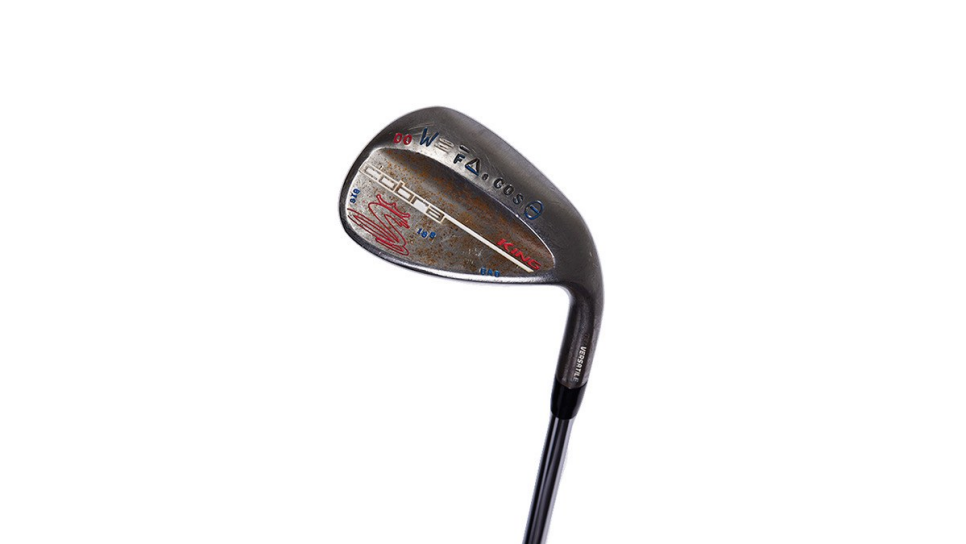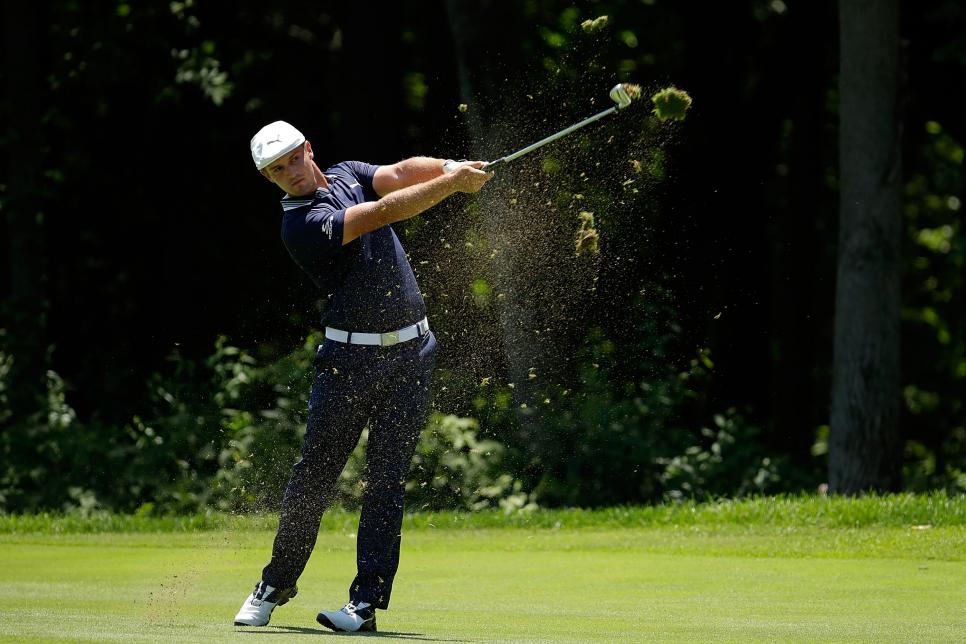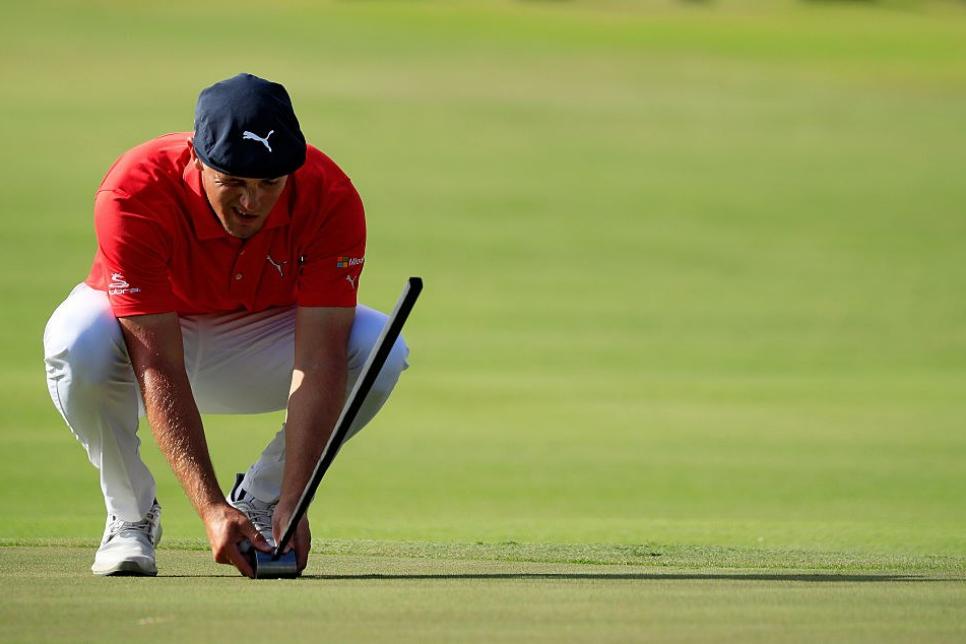News
The 11 most unusual things about Bryson DeChambeau
Ever since Bryson DeChambeau made his mark on the golf landscape in 2015 with his U.S. Amateur and NCAA titles, he has been one of the most intriguing figures in golf. That was only amplified tenfold with his U.S. Open title at Winged Foot Golf Club, proving his pursuit of speed and power to be a calculated success, and a classic U.S. Open venue no match for that strength.
Bryson's bulk-up ahead of last season and continued that through quarantine in 2020 first culminated in a win at the Rocket Mortgage Classic in 2020 before this display at Winged Foot.
Bryson, in many ways, was one of golf's most interesting characters before even transforming his body. And his success in the past couple of seasons have kept him in the conversation. Before the 2020 U.S. Open title and the 2020 Rocket Mortgage, the now 27-year-old made the U.S. Ryder Cup in 2018 after capturing three titles in the 2017-'18 season, including back-to-back wins in the FedEx Cup Playoffs. He also added a win at the Shriners Hospital for Children Open in November and the Omega Dubai Desert Classic in January—giving him five worldwide victories in an eight-month span.
Though you're probably very familiar with Bryson's protein-shake regimen and how far he's hitting it, the most intriguing things about Bryson are things we've learned about him when he first got onto tour. Here are the things that make him perhaps the most interesting man in golf.
1. Bryson developed his first set of single-length irons at 17. He and his long-time coach, Mike Schy, grinded down a bunch of shaft flexes and clubs to build his first set of irons. This year, Cobra, which signed DeChambeau to an endorsement deal after he turned pro following the 2016 Masters, released a consumer product, Cobra King One-Length irons, along with Bryson's input.
And it's not just the length of each iron shaft. Bryson's clubs, which are 37½ inches long, the length of a standard 6-iron, are set at 72-degree lie angles that are 10 degrees more upright than standard. To achieve a consistent swingweight, all the heads weigh 278 grams.
2. When golf's rules changed in 2019 to allow golfers to putt with the flagstick in, DeChambeau was quick to deliver the science behind why he'd do it.
The amazing thing? Months before the rule went into place, DeChambeau was adament about which events' flagsticks would be more conducive and beneficial to putting with the pin in: “It depends on the COR, the coefficient of restitution of the flagstick,” he told golf.com in October. “In U.S. Opens, I’ll take it out, and every other Tour event, when it’s fiberglass, I’ll leave it in and bounce that ball against the flagstick if I need to.”
The mad scientist has it figured out.
3. Yes, Bryson DeChambeau made some crazy gains in his pursuit of more distance. Bryson led the PGA Tour last season by averaging 322 yards—up 20 yards from the season before. By all accounts, Bryson has added 50 pounds since he turned pro, according to his strength and conditioning coach Greg Roskopf. And at times, Bryson has mentioned wanting to get to 270 pounds (he's currently 240). “It’s basically a misconception,” Roskopf said. “He looks like a weightlifter, but he’s got the flexibility of a golfer. When you have greater range of motion and greater strength through those ranges of motion, you’re seeing what it does to his game.”
4. The Hogan cap also dates back to his teenage days. DeChambeau says he saw the cap in a pro shop when he was 13 and decided to pick one up, and it has become his signature look ever since.

5. His autograph is the most unusual on tour. Though he's right-handed, Bryson can sign his autograph backward with his left hand. He spent hours perfecting his handwriting left-handed. "If I wanted to learn Arabic or Russian, I could. Or tie my shoes in a new way, I could. Why? Dedication," he told our Jaime Diaz in 2016. "I'm not really smart, but I'm dedicated. I can be good at anything if I love it and dedicate myself. And I love history. I love science. I love music. I love golf. I love learning. I love life. I love trying to be the best at anything and everything."

6. In high school, he rewrote his physics textbook. DeChambeau borrowed the textbook from the library and wrote down everything from the 180-page book into a three-ring binder. He explains: "My parents could have bought one for me, but they had done so much for me in golf that I didn't want to bother them in asking for a $200 book. ... By writing it down myself I was able to understand things on a whole comprehensive level." Now, his wedges have physics formulas stamped on them. Cobra knows its audience.
7. At age 6, his math skills were off the charts. A young Bryson was a master of mental math and even had an understanding of algebra. Yes, algebra.

Andy Lyons
8. At 15, DeChambeau was given The Golfing Machine by Homer Kelley by his instructor Mike Schy. "After a couple of years of guidance from Mike, we came up with a single-plane swing from The Golfing Machine that's called a 'zero shifting motion' more technically," DeChambeau told Golf World's Curt Sampson in 2015. "I picked a certain specific set of variations for my components and made my golf swing what it is today."

9. And he uses a system of putting called vector putting. If you see him and his caddie checking out his yardage book before he hits a putt, he's using his method to compute the break and read the green.

10. He has mastered an art technique called stippling. "I've gotten into stippling drawing, which is done with many dots making figures." The Hogan painting seen here is hanging up in his parents house in Clovis, Calif.

11. At the start of 2018, DeChambeau putted side-saddle. And the then-23-year-old ran into some trouble with the USGA after they ruled one of his side-saddle putters non-conforming: "They’re not a good organization, and you can quote me on that. I’m part of their family and as family it’s very frustrating to see them stunt the growth of the game.” He later apologized.
As a bonus item, don't forget about DeChambeau's brain training and breathing methods. After he won the Shriners in November 2019, he told us about his brain training experimentation, attempting to find the parasympathetic states and sympathetic states cohesive to good golf (yes, really).
“Breathing is a monster part of resting,” DeChambeau told USA Today. “Breathing in a way that will help get your brain into a parasympathetic state instead of a sympathetic state. It’s to make it easy on yourself to get to a more of a sleep state rather than a stress state. You can breathe in a stressful way. Or you can breathe in a relaxed state. Breathing in the proper state gets you into a state where you digest food better and calms your brainwaves down.
“That helps you get into a state of recovery.”
We'll wait to see what Bryson comes up with next. If he continues to win, we'll continue to listen.

